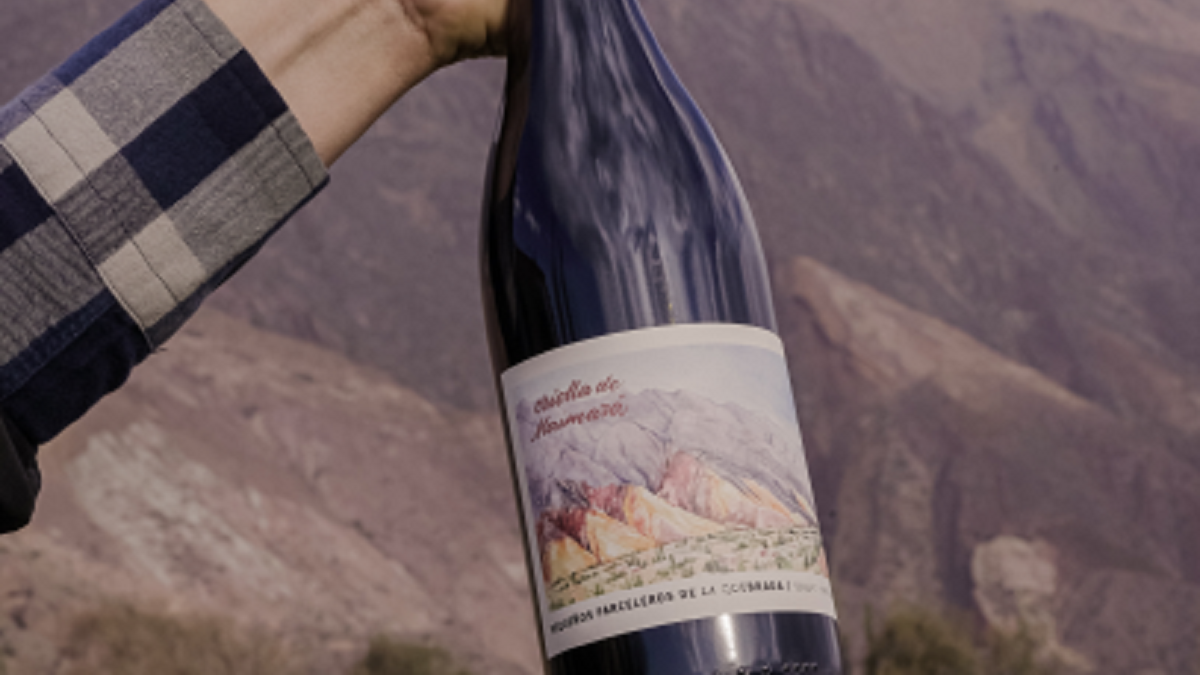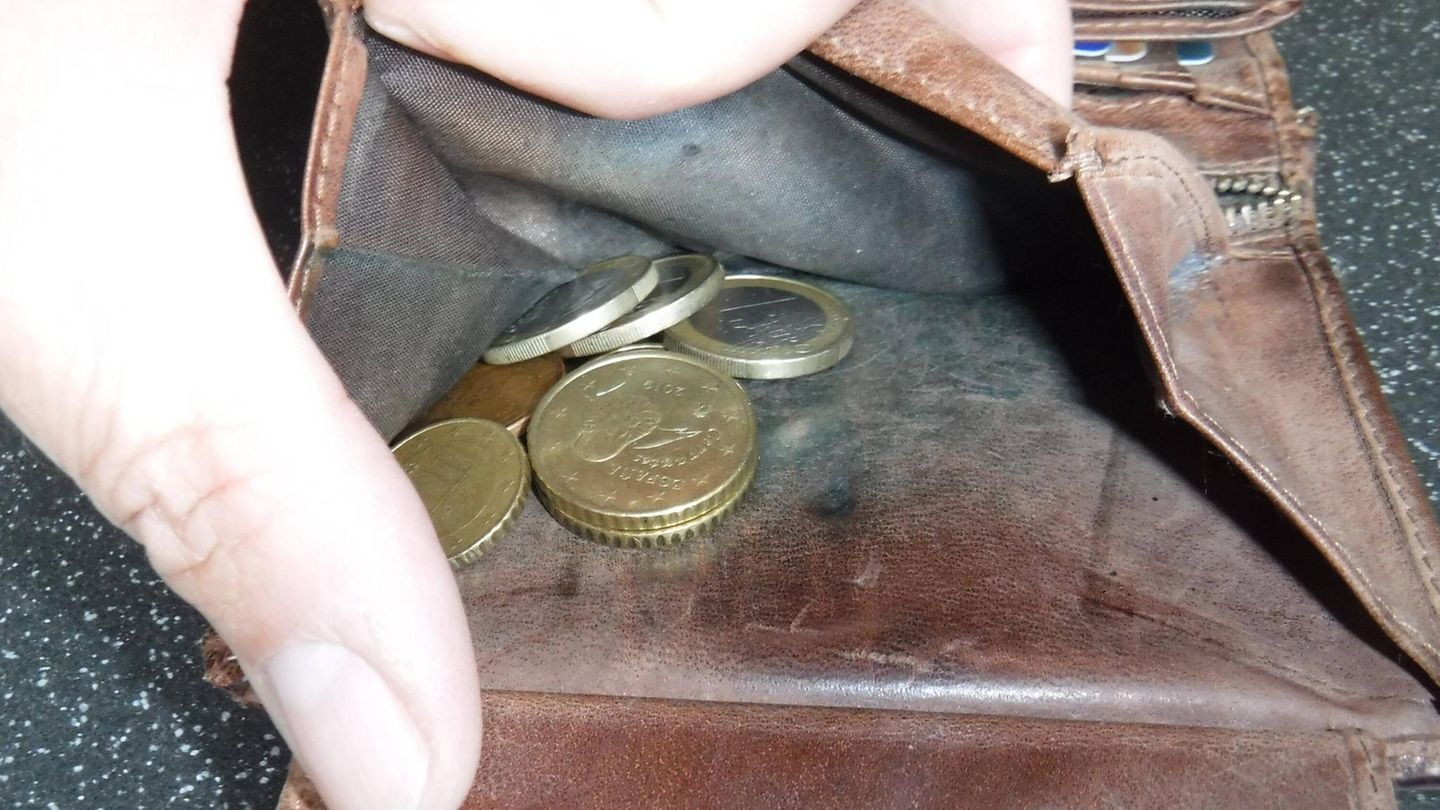The Creole Girl became part of the list of varieties suitable for making quality wines. This has been determined by resolution No. 30 – dated mid-August – of the National Institute of Viticulture (INV), which gives the possibility of aspiring to the use of a Geographical Indication (GI) and/or of a Controlled Denomination of Origin (DOC).
“Given the natural anthocyanin polyphenolic composition and the use of authorized oenological practices, quality red wines can be obtained from the aforementioned variety,” the entity stated.
In this way, the grape begins to share the condition -Vitis vinifera L.- of other 26 red varieties, 3 pink and 19 white. The truth is that – according to preliminary data from harvest and processing 2024- The volume of this strain amounts to 13,663 quintals, barely 0.1% of the total produced by vineyards throughout the country. However, they are 1.36 million kilos -around 1.4 million bottles– of a particular strain.
El Bayeh, the Jujuy winery that is committed to Creole wine
“The colors, aromas and flavors of the Quebrada de Humahuaca in a glass of wine,” summarizes the project of El Bayeh Winerycarried out by the third generation of the Manzur family and aimed at the production of small productions of high quality wine, respecting the terroir and the natural environment.
With two own farms, Ollantay -in Maimará- and The Faldeos -in Huacalera-, they planted Malbec, Cabernet Franc, Chardonnay, and Sauvignon Blanc vines, among other strains, with the advice of the winemaker Matías Michelini.
criolla2.png
It was he who encountered a old Creole grape vine From which he suggested that the winery’s first wine had to come from the farmers of La Quebrada: Little Farmerswhose labels add “Maimará red”, “Red from Tilcara” and “Red from Purmamarca”, but that will soon be unified under the reference of the Humahuaca ravine.
“It is a family of wines that tells the story of the people who live in the different towns of the Quebrada de Humahuaca. It was born as a tribute to the Quebrada terroir and seeks to be the most transparent expression of each geography,” summarizes from the winery.
“Matías asked us to go out and look for plotters, neighbor by neighbor… it was crazy!” he remembers. Daniel Manzurwho soon got 10 thousand kilos of grapes. From an advertisement that circulated on the local radio stations and also on a loudspeaker that was touring each of the towns, the Manzurs managed to obtain a wealth of grapes that come from some 70 parceleros and? They give rise to the emblematic wine of the winery.
The return to Creole as part of a revaluation of regional wines in the world: the recovery of a grape that was used for consumption or for table wine.
“Hello wine” with the Criolla as the protagonist
This is the name of the experience suitable for anyone who wants to get closer to the world of wine, guided by the sommelier Agustina de Alba. On this occasion, the appointment will be Sunday, November 24, at 7:30 p.m.in Konex Cultural City: With the Creole as the protagonist, everything there is to know will be shared about a family of white and red varieties native to South America, with a wonderful history in our country.
“We are going to go from its origins to its evolution – revolution in our country, focusing on the Creoles of the Quebrada de Humahuaca (Jujuy) of Bodega El Bayeh. In addition, we will have the presence of its makers, Matías Michelini and Daniel Manzur, who will tell us in first person the story behind these unique wines that are part of our heritage,” the organizers of the event invite.
Source: Ambito
I am a 24-year-old writer and journalist who has been working in the news industry for the past two years. I write primarily about market news, so if you’re looking for insights into what’s going on in the stock market or economic indicators, you’ve come to the right place. I also dabble in writing articles on lifestyle trends and pop culture news.




